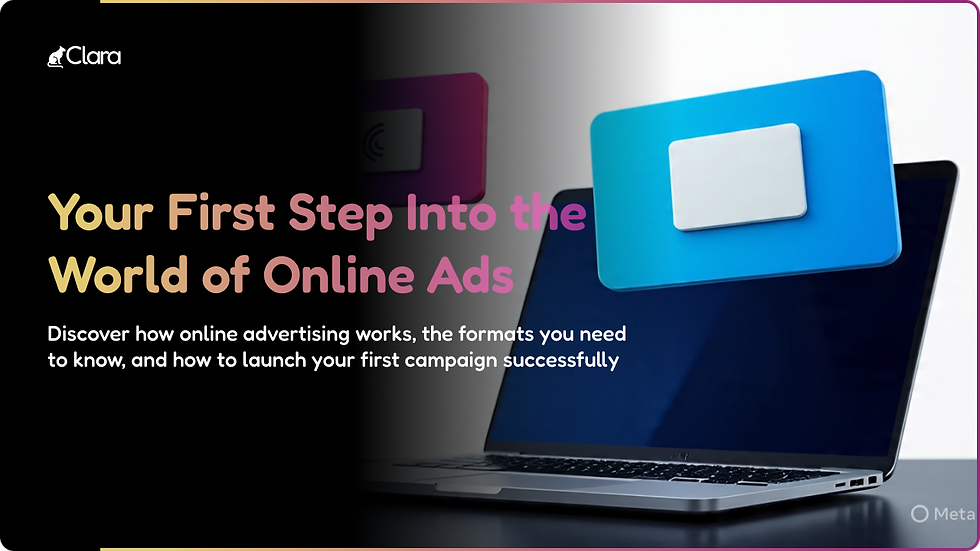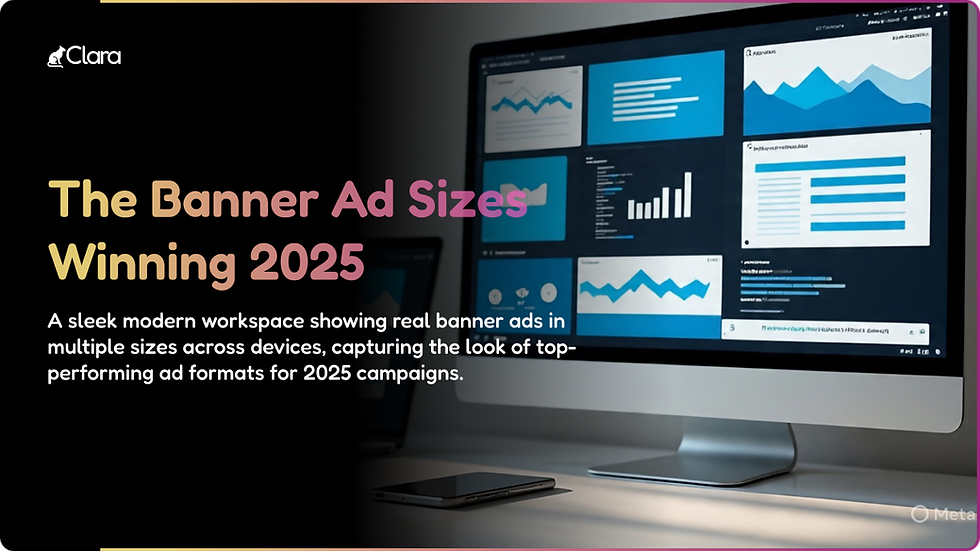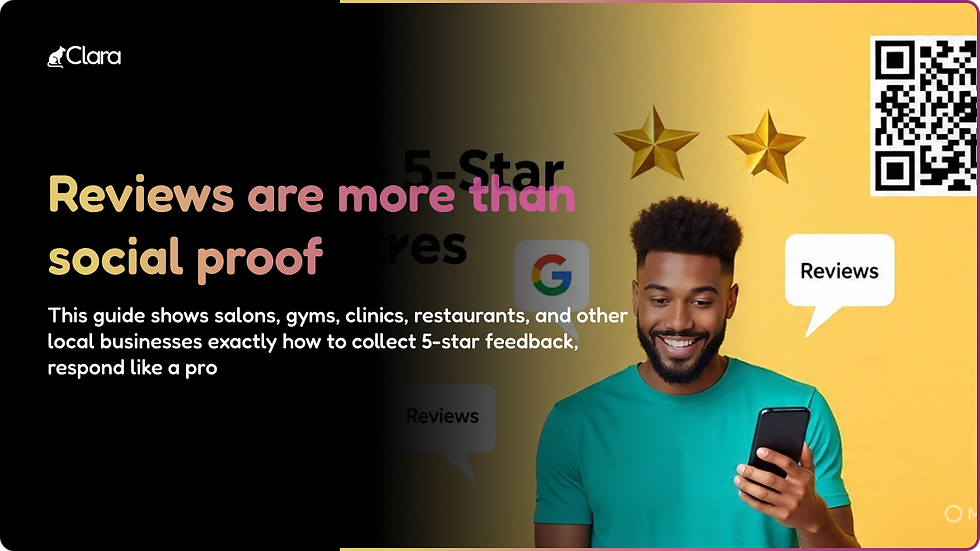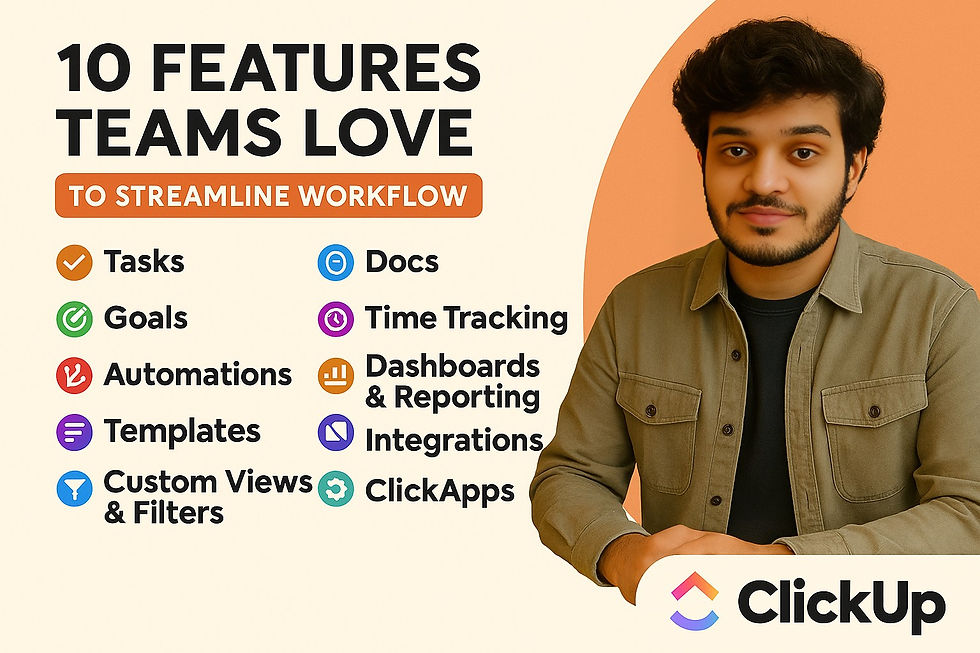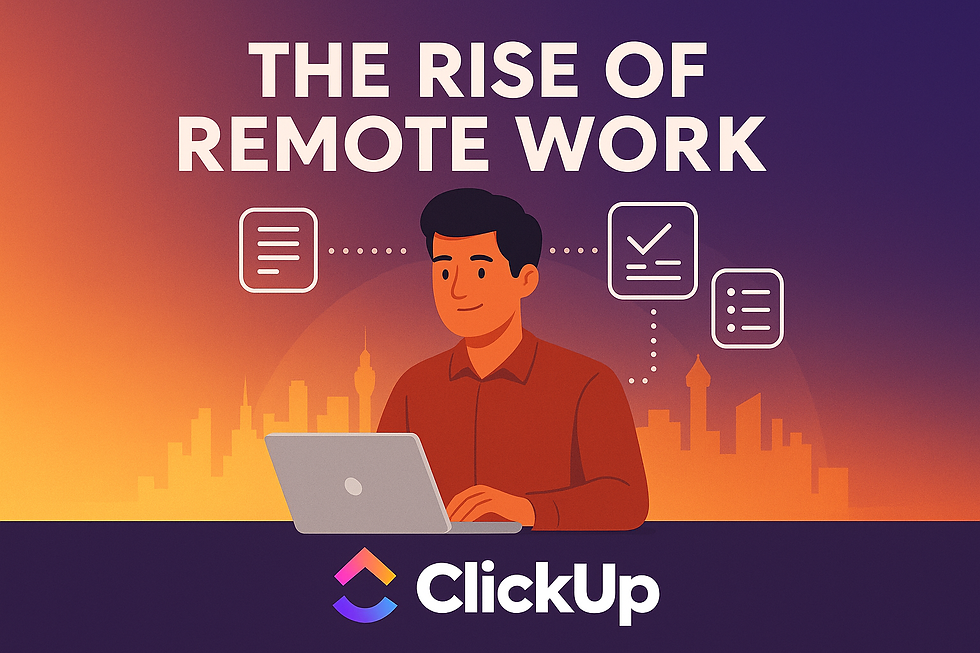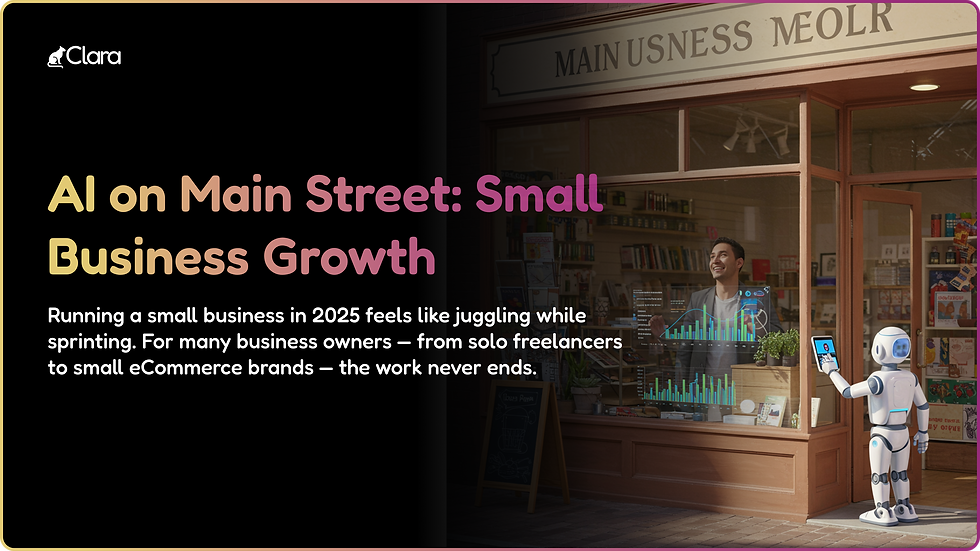- Dravya Bansal
- Sep 16, 2023
- 10 min read
Your relationship with subscribers is the driving force behind the success of your creator business.
Without an audience that trusts and engages with you, you’d have nobody to share your content with. But building trust takes time. Luckily, there’s a simple solution—email marketing.
Your email list is the perfect place to share your expertise, learn from your audience, and promote your products. This guide explores how to use automated email sequences to nurture relationships with your audience. Plus, there are email sequence templates and examples to inspire your next steps.
What is an email sequence?
An email sequence is a set of emails automatically sent to subscribers based on your criteria. For example, you can send a few messages to new email list subscribers to introduce yourself and your content.
Email sequences can be time-based or action-based. Here’s a quick overview of each:
Time-based email sequences automatically send on a set schedule, like once a day for a week
Action-based email sequences automatically send based on steps a subscriber takes, like clicking a link in an email
Email sequences vs. email drip campaigns
Sometimes, the terms email sequences and email drip campaigns are used interchangeably. While the concepts overlap, there are a few key differences.
An individual email sequence is the same for every subscriber who receives it, while a drip campaign tends to have more action-based triggers and personalization.
Credit: ConvertKit
The top 6 email sequences + real-life creator examples
Email sequences are automatic and customizable, benefiting just about any business goal you have. For example, you can use email sequences to drive traffic to your website, promote products, learn about your audience, and even use subscribers to grow your email list.
But how do you choose which type of email sequence fits your needs? Creators can use any email sequence they want, but here are tips on where to start.
Content creators and podcasters: create a welcome email sequence to follow up with your new subscribers after you deliver a lead magnet to share a behind-the-scenes look into your business
Freelancers: set up an automatic onboarding email sequence to get new clients up to speed so you can focus on serving your clients with more purpose and clarity
Product creators: start with the abandoned cart email sequence to turn leads into conversions
Musicians: use an event email sequence to promote your upcoming concerts
Authors: set up a cold subscriber email sequence to welcome drifting subscribers back into your literary world before a new release
Coaches: create a lead nurturing email sequence to build trust with new subscribers before pitching your paid services
1. Welcome email sequence
What is it? Welcome emails thank new subscribers for signing up and introducing yourself and your brand. Use a welcome email to build trust with new subscribers before pitching paid offerings.
Why is it important?
74.4% of email subscribers expect a welcome email
Sharing a personal side helps subscribers make a stronger emotional connection to you
Welcome email sequencing tips for different creators
Creating a welcome email sequence is less about making money immediately and more about sharing personal stories with your target audience to build the like-know-trust factor.
Educators: share more information about your niche expertise and give your audience tips to implement into whatever they are learning
Bloggers: share links to your favorite or most relevant blog posts that are worth digging into
Coaches: talk about the unique philosophy behind your work
Freelancers: explain your work process and past results
Podcasters: highlight your favorite episodes and why they are a great place to start learning more about your brand
Example: Daphnee Lagredelle’s welcome email sequence
Daphnee’s welcome email is part of her $100K+ coaching business
Why the email works:
It makes the audience feel understood by calling out their goals
It introduces Daphnee and her philosophy
It sets expectations about what content to expect and when
Use our welcome email sequence template
2. Onboarding email sequence
What is it? Customer onboarding emails familiarize new clients with the new course they bought, the coaching program they joined or the project they’ll collaborate on. With the right onboarding process, you can help customers get maximum value from your offerings and ensure they’re satisfied and engaged.
Why is it important?
Onboarding bridges the gap between the sale, seeing value, and the results
It sets the tone of the overall relationship with your subscribers and customers
Data shows that over 90% of customers think the onboarding process “could be better”
Onboarding email sequencing tips when selling products
Your onboarding email sequences for digital products should help customers get started with tips like:
How to access their purchase
What they’ll learn or gain
Where to find supporting materials
How to contact you for extra support
Onboarding email sequence tips for service providers
If your client recently booked a freelance project with you or started a coaching partnership, you can follow up with an onboarding email sequence that includes:
What to expect
The goals
Your communication hours
Upcoming deadlines
Any client homework they need to complete
Example: Phil Pallen’s onboarding email sequence
Phil Pallen used automated sequences to grow his email list to 30,000+ subscribers
Why the email works:
Phil integrates Squarespace and ConvertKit to bring over course purchase information and automatically sends emails to new students
It personally invites subscribers to respond and gave a conversation
It shares how to access the information
3. Abandon cart email sequence
What is it? Abandoned cart emails remind potential customers that they added something to their cart but didn’t finish the purchase. The first email (nicely) reminds the subscriber what they left behind. You can follow up with a special offer if they open the abandoned cart email and still don’t buy.
Why is it important?
75.5% of shopping carts are abandoned, which represents a huge opportunity to make more sales
46.1% of people open cart abandonment emails, 13.3% click the call-to-action link inside the email, and of those clicks, more than 35% make their purchase
Tips for abandon cart email sequences
Be light and friendly—don’t pressure customers
Include a link to their shopping cart to finish the purchase
Consider offering a discount
Example: Lavendaire’s abandon cart email sequence
Aileen Xu of Lavendaire uses a discount code to boost sales
Why the email works:
It explains how to use the discount code
It offers an alternate (free) way to get involved through their reward program
It mentions a specific product
4. Event email sequence
What is it? Event email sequences promote concerts, in-person events, conferences, webinars, and workshops. The messages share details about the event, drive sign-ups, and include reminders.
Why is it important?
Events take a lot of time to plan, so you want to maximize sign-ups
Automated event emails let you target specific locations or subscriber segments
Tips for in-person event email sequencing
Share information about the location, timing, lodging, and other logistics
Highlight benefits for attendees
Include stories and testimonials from past events
Tips for virtual event email sequences
Share information about how to access the virtual event
Note whether you’ll record and share the event for those who can’t make it live
Highlight what guests will learn, see, or gain
Include imagery from past events
Send a follow-up sales pitch after the event to subscribers who didn’t buy during the event
Example: Ellie Diop’s event email sequence
Ellie Diop uses webinars to grow her email list and connect with 62,000+ subscribers
Why the email works:
It’s a friendly and low-pressure reminder that the subscriber missed the virtual event
It has a link to access the content
Ellie followed up the event with a pitch for her coaching program
5. Cold subscriber re-engagement email sequence
What is it? A cold subscriber re-engagement email sequence aims to reconnect with subscribers who haven’t opened your emails in a while. The purpose is to boost engagement, update subscriber preferences, or clean your email list of inactive subscribers.
Why is it important?
You don’t want to pay for subscribers on your list who are inactive
Re-engaging subscribers boosts email performance
Template for a re-engagement email
Here is an email template to help you write an email to your cold subscribers:
Hi there,
I want to make sure that I’m only sending emails to my readers who really want to hear from me. If you’re reading this and 1. Have no idea who I am or 2. Don’t care to keep hearing from me, let me do you a solid and take you off my list.
If you fall into either of those two categories, no action is required. You’ll get removed sometime next week.
But if you’re freaking out right now thinking, “Wait! I love your emails!”, then just click the link below to stay on my list.
[ Link ]
Thanks!
Signed, [ Your Name ]
Example: Jenell B. Stewart’s re-engagement email sequence
Jenell B. Stewart uses email sequences and automations to grow her community
Why the email works:
It doesn’t make subscribers feel bad for not opening emails for a while
It uses branded imagery to help the subscriber recall the creator
It explains how the process works
Use our cold subscriber re-engagement email sequence template
6. Lead nurturing email sequence
What is it? A lead nurturing email sequence builds the ‘like-know-trust’ with subscribers who download your free lead magnet.
Why is it important?
Subscribers need to know and trust you before they buy from you
Adding link triggers to your lead nurture sequence lets you learn what new subscribers are interested in
Tips for nurture email sequences
Ask subscribers to respond to the message with their goals
Share your story, perspective, and best content
Provide plenty of value before you pitch a paid product or service
Example: Angela Fehr’s lead nurturing email sequence
Artist Angela Fehr builds the subscriber relationship with personal and relatable stories
Why the email works:
Angela shares a relatable story
It offers tips and reassurance without a product pitch
It has a picture of the creator to help the audience connect with the person behind the brand
Tips on how to structure and write a lead nurture email sequence
Knowing what email sequence type you want to create is helpful, but what if you don’t know the emails you should include in the email sequence?
If you aren’t sure where to start with creating an introductory email sequence, we have a tried-and-true method for crafting emails that help educate your audience and sell more of your offerings. You can use our automated email sequence template to start.
Use these tips as a suggestion, and then make it your own. There’s no set number of emails you should have in a lead nurture email sequence—the right length of your email series depends on your audience, goals, and business.
Email #1: Introduction content
Just like a blog post begins with an introduction, your email sequence should have an email dedicated to introducing your email subscriber to your email list. Your first email can have:
A thank you message
Info about your content
Your personal story
What to expect from your emails and content
An additional freebie
Email #2: Educational content
Provide helpful information in your second email to further educate and build trust. Plus, sharing your best content helps new subscribers gain a quick win. The more value you can pack into this email, the better.
You want them to walk away thinking, “Wow, if this is what I get for free, I can’t imagine how valuable their paid content is.” There should be no sales pitch or mention of your product until the following email.
Daren Smith has high email open rates because he leads with value-packed messages
Email #3: Educational content with mention of your product or service
Sharing personal experiences and practical wisdom in your third email shows your expertise while giving your audience members immense value.
Toward the end of this email, you can mention your product in a relevant way to your audience. Don’t give your sales pitch just yet. That will come later. For now, lightly introduce your product and say you will share more information about it soon.
Email #4: Soft sell
Much like the third email, you can keep this fourth email simple by giving a soft pitch at the end of your email. Since your audience is already aware of your product after reading the last message, you can include a light sales pitch that explains more of what it is and who it is for.
Email #5: Educational content
Most subscribers would expect you to hard pitch your product after soft selling it in the email before, but we recommend including one more education-based email before you share your sales pitch.
Keep giving your audience incredible content that they can trust!
Email #6: Hard sell
By email six, it’s time to write your sales email. Since your email subscriber is still opening your emails and hasn’t unsubscribed, they are interested in hearing what you say about your product.
In this email, remind subscribers of their pain points and how your product is a unique solution to help them resolve them. Your email should be able to accurately explain your product’s what, how, and why. Remember to add a link that takes them directly to your sales page.
John Fox shares the source of his course idea and what you’ll learn
Email #7: Educational content
After your hard sell email, it’s time to send a follow-up with more educational content to show you want to help them—not just sell to them. Share a case study, more tips, or a taste of your paid content.
Email #8: Upsell
As you wrap up your introductory email sequence, you can include an upsell offer for people who have already purchased your product.
You can get creative with your upsell offer and test a few variations to see which bundle converts the most. Inside the ConvertKit platform, you can ensure that only those who purchase your product get this upsell offer with our tagging and visual automations feature.
Best practices for crafting automated email sequences
There are standard email marketing best practices you should always follow, but here are a few sequence-specific tips to set you up for success.
Keep your automated email sequences evergreen
You’ll have to update your email sequence constantly if you include too many trendy references or information that will be obsolete in a few months. Instead, write evergreen content that can be relevant for years to come.
Read more: How consultant Terry Rice uses ‘pillar content’ to grow his email list
Outline your email sequence
Taking time to outline your email sequence before you write individual emails keeps you from writing in circles. First, brainstorm potential content and then group similar topics or lessons together.
If you’re teaching your email subscribers how to do something, you will want to walk them step-by-step through your process. If you’re sharing knowledge or inspiration, start with the basics and build on the information over the following emails.
Jack Butcher of Visualize Value plans how each email sequence relates to his products
Use link triggers for segmentation
Using link triggers for email segmentation lets you group audience members based on their actions.
For example, if an email subscriber clicks on a specific link about a topic you frequently write about, you could tag them as someone interested in getting more information about that topic.
Similarly, you can segment any email subscriber who clicks on the link to learn more about a product you’re launching but hasn’t yet purchased. That way, you can begin to send hard-sell emails to them without pitching to people who aren’t interested.
Test and improve
Email sequences save you time because you don’t need to send each message to new subscribers manually. However, you can’t set it and forget it forever. Periodically review your email marketing KPIs like click-through and unsubscribe rates to ensure subscribers still enjoy the content. You can also experiment with new subject lines to increase your email open rate and update messages with your latest content.
Automate your email sequences with Dravyafolio
Your business has endless email sequence possibilities, but you need the right tools to make email management a breeze. More creators use dravyafolio to connect with their audience and grow their creator business. You can start simply with one of our email sequence templates or create advanced automation of your own.
Learn more about dravyafolio and Book Appointment !




